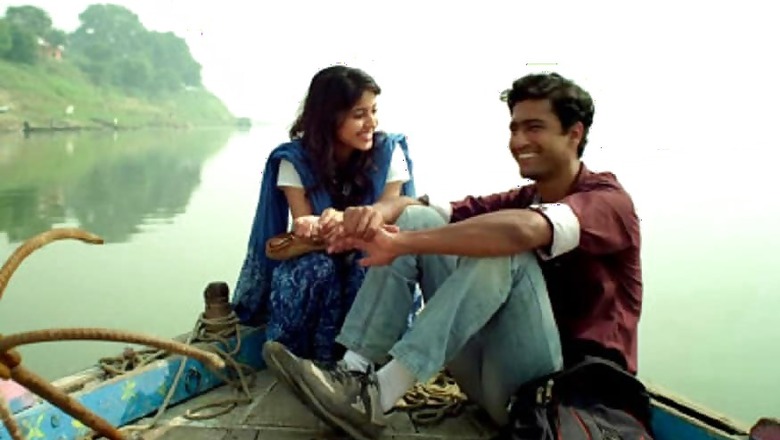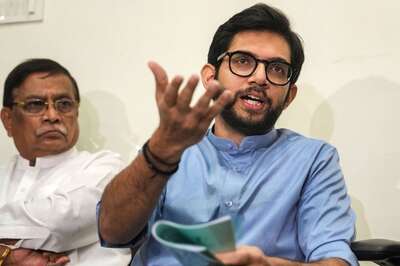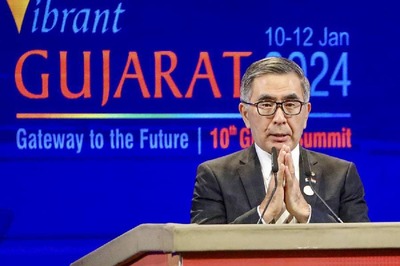
views
The caste system in India, which was created as a massive project over 3,000 years ago in the Hindu Varna system, is surviving and thriving even now. The system denies basic human rights to a large section of the society - one of the most important among these rights is the right to knowledge and education. Art, culture, education and cinema fall right into that knowledge category.
All thanks to the social movements undertaken by the likes of Mahatma Jyotiba Phule, Dr.B. R. Ambedkar, and Periyar E. V Ramasamy - a section of the Indian society such as Dalits, tribals, Shudras and Ati Shudras, who were historically kept away from the bank of knowledge, experienced empowerment through education and employment through reservations and quotas.
Now while this historically marginalised section experienced some empowerment and representation in government sectors, where the quota system was in place, there exists no such similar system in the arts or cinema sector. In other words, these artistic spaces, such as the cinema industry, are still “untouched” by Dalit issues, narratives or stories. Indian cinema has either been unable to represent Dalit life and concerns on the big screen or has willingly chosen not to do so.
On the one hand, there are the savarnas (Higher Castes), those with a traditional background of continuous education across generations, and on the other hand, the systematic exclusion of Dalits from education has resulted in a de-facto hegemony of cinema spaces by the savarnas. That has naturally led to Indian Cinema being ‘casteist’ at its worst and ‘caste-blind’ at the least.
The Indian Cinema industry has now completed 100 Years - creating lakhs of films. But in this 100-year-history, on how many instances can you recount where the lead actor/ actress has been portrayed as a Dalit character? It must be admitted that some movies, in the ‘Parallel Cinema Movement’, which was largely inspired by the Left-Marxist thought, do portray Dalit characters as central figures in their films, on some occasions.
But these Dalit characters are based on Harijan understanding of scheduled castes, coming from a Gandhian framework, instead of ‘Dalit’ understanding, coming from a Phule-Ambedkarite perspective. An example of this kind of film is ‘Achyut Kanya’.
An overwhelming number of Indian films, at their core, portray urban and savarna sensibilities, which then leads to the glorification of Brahmanical culture and values through the medium of films. The same attempt is made in Marathi films - the perfect examples are the films made by Umesh Kulkarni and Subodh Bhave. The upper class and upper caste Indian film-makers have been unsuccessful to expand their cinematic imagination beyond their own privileged social realities. That is one major reason why Indian Cinema is not considered amongst the world’s best.
Sometime back, the English newspaper ‘The Hindu’ had published a report on ‘Hindi Cinema and Dalit Representation’. According to this report, in the Bollywood so-called progressive secular film industry, between the years 2013 to 2015, 300 films were made, but only 5 of them had Dalit heroes or heroines in them. Another report published by ‘Birmingham City University United Kingdom’ in 2017 raised important questions regarding the representation of backward classes in the Indian film industry by pointing out that the share of Dalit and Bahujan ( SC,ST,OBC) population in India is 85%, but their representation in the film is only 0.1%.
On the whole, Indian film industry is largely in the hands of upper caste, upper class elites from big cities. But having said that, today there are certain films/filmmakers who not only portray Dalit character prominently in their films, but also portray Dalit concerns through the Phule-Ambedkarite-Periyar’s ideological perspective, and not through Gandhian-Harijan lenses. Three most prominent filmmakers on this list would have to be Nagraj Manjule of Marathi film industry, Pa.Ranjith of Tamil film industry and Neeraj Ghaywan of Hindi film industry (Bollywood). These three have almost single-handedly created a space for the articulation of Dalit concerns in India’s elite film industry.
Cinema is a very important tool when it comes to building, shaping, reinforcing public opinion and perception. In India, cinema and media has been used until now to perpetuate Brahmanical culture, values and it has thus led to the perpetuation of the caste-system. However, all the signs point towards the fact that the times to come will see Dalit-Bahujan cinema reign the Indian film industry. And then we can certainly hope that Indian cinema, which would now reflect the concerns, ideas, aspirations and lived realities of a much wider spectrum of Indian society, will receive greater appreciation and recognition from those who set the benchmarks of global cinema.
(Somnath Waghmare is documentary filmmaker and research scholar at TISS, Mumbai.)



















Comments
0 comment